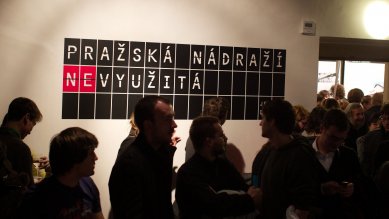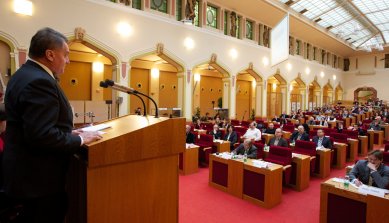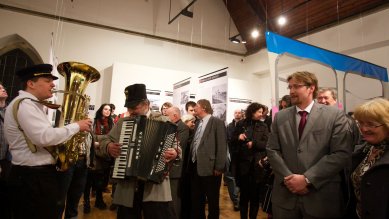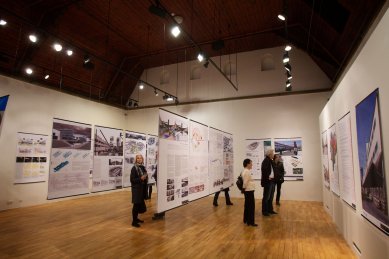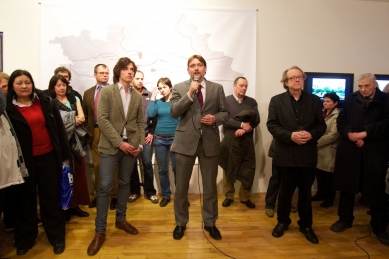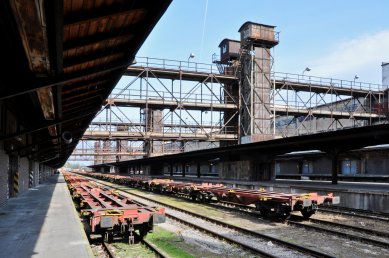Train stations and railway areas are intersections of tracks and opinions on how to approach their future. However, as emerged from the all-day international conference "Prague Stations: Used/Unused" and the presented examples of successful conversions of station properties in Vienna, Hamburg, Madrid, London (St. Pancras), and Copenhagen, the architectural value and often exclusive location of these areas warrant interdisciplinary dialogue, even at the cost of its time-consuming nature and conflicting opinions. At the conference held on March 8, supported by the Ministry of Transport of the Czech Republic, Czech Railways, and the capital city of Prague, a number of clearly articulated opinions were voiced highlighting Prague's stations in the current life of the metropolis and its future development. After all, the Smíchov, Žižkov, and Bubny stations are among the largest development areas in the center or broader center of Prague.



